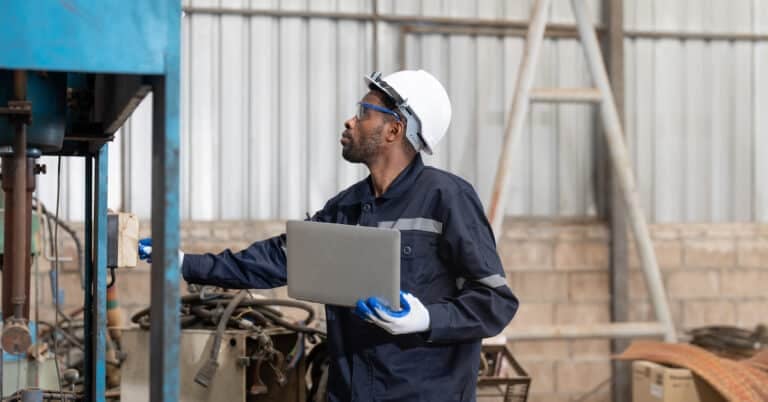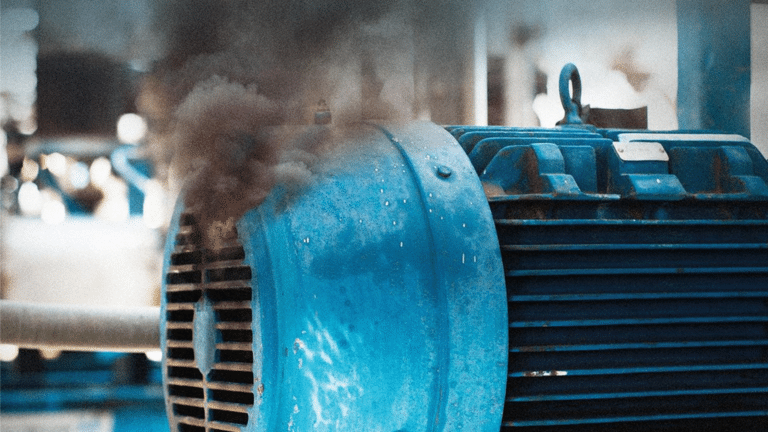Before we get into Enterprise Asset Management best practices, let’s set the stage for what exactly we’re talking about. While Enterprise Asset Management, or EAM, is a software solution that we offer, this post will dive into EAM best practices as a strategy in your organization. First, what is an EAM strategy?
Enterprise Asset Management is about more than just managing the maintenance of an asset. It is a comprehensive way to manage the entire lifecycle of an asset to maximize its productivity.
Enterprise Asset Management consists of various activities, including:
- Efficient Scheduling
- Thorough Performance Tracking and Reporting
- Operational and Maintenance Cost Tracking and Reporting
- Detailed Predictive Analytics
- Preventive Maintenance
Why is Enterprise Asset Management Important?
If your organization relies on heavy equipment, vehicles, or other machinery, then you already know the tremendous impact there is when one of these assets breaks down. Downtime costs add up fast! So, the number one reason this is important is to protect your investment and avoid downtime. Following Enterprise Asset Management best practices helps your bottom line by optimizing your asset productivity. Additionally, the second big benefit of an EAM strategy is that it provides an efficient system for your employees to follow. It leads to a happier, more productive, and safer workplace.
The Top 5 EAM Best Practices
1. Create Visibility
You may have some inherent visibility already in your organization, likely through your maintenance records. However, the key here is to create visibility into every aspect of the asset lifecycle from procurement to disposal. Employees in accounting, maintenance, and inventory all play a role in managing an asset. Yet, many organizations have all of these departments siloed in their own space. To achieve optimal asset performance, you want all of the individuals in different departments to have the same information to base their tasks and decisions on. For example, with visibility, the accountant can notice an unexpected increase in lubrication costs and see which asset is at the root of that increase through asset maintenance reports.
2. Streamline Communication
To carry on our example, the accountant could notify the maintenance team of the unusual pattern, resulting in earlier identification of leaks and avoiding potential breakdowns. Easy collaboration and communication within your organization allows everyone to do their part. Enterprise Asset Management best practices don’t all fall on the maintenance team. Everyone from operators, inspectors, and even management plays a role in putting these best practices into action. With easier communication, thorough tracking and reporting, efficient scheduling, and an improved preventive maintenance plan are possible.
3. Perform Preventive Maintenance
It is quite common for a maintenance program to be 70% reactive and only 30% preventive. The ideal maintenance program is 80% preventive and 20% reactive. A primarily preventive maintenance program increases asset life cycles, reduces downtime, and saves a lot in maintenance costs. Actually, there are real statistics to support making this shift to an 80/20 maintenance plan. According to a study by McKinsey Global Institute, using your organization’s asset data to create your maintenance plan results in:
- A 40% reduction in maintenance costs
- A 50% reduction in downtime
- A 5% reduction of capital investment due to extended asset life
4. Collect Accurate Data
Each of these Enterprise Asset Management best practices are connected. How do you build your preventive maintenance plan? By collecting accurate data, generating reports, and analyzing what would be best for each asset based on your organization’s actual use and needs. However, the issue that many businesses run into is either remaining on outdated systems of paper and spreadsheets or having all of their departments on separate software. Having one streamlined system ensures that everyone is looking at the latest, most accurate data.
5. Choose the Right EAM Software
It is incredibly challenging to do all of this via paper or spreadsheets. Furthermore, the hours of manual data entry alone create a massive hurdle to generating reports that create visibility into your assets. Many Redlist users were previously taking paper inspections and maintenance records, then doing duplicate work to create a spreadsheet and report. After Redlist implementation, all of those hours and the stress that comes with them are eliminated. The entire process of Enterprise Asset Management can be digitized and configured specifically for you. Choosing the right EAM software to support you is the key to bringing all of this together. Redlist’s EAM module enables you to create visibility, streamline communication, collect accurate data, and digitize and automate your preventive maintenance. Book an EAM software demo today!


